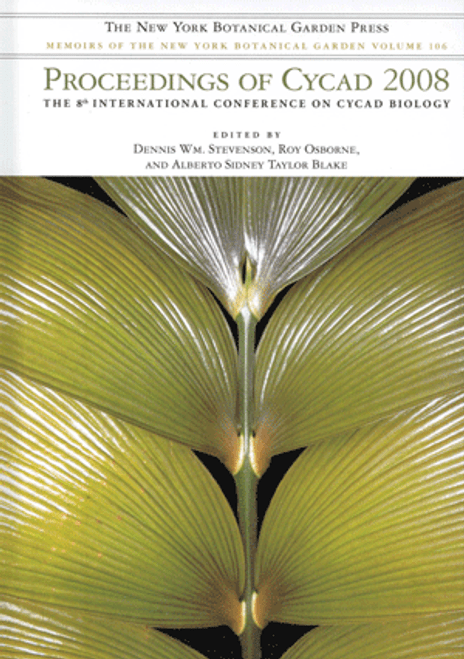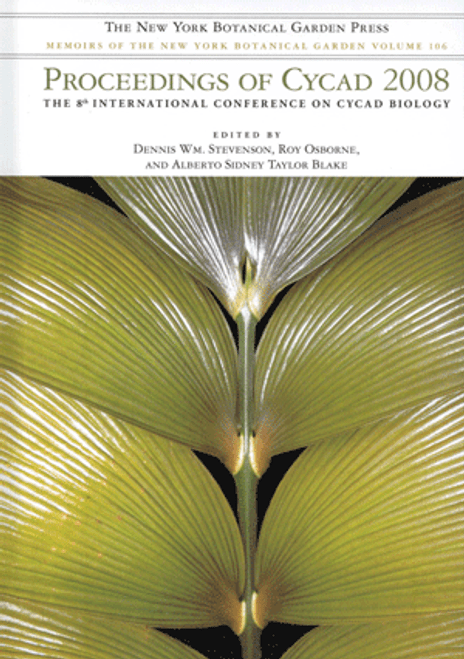This purchase only includes chapter 20 of this title.
Abstract
The diel thermogenic events of male cones of Macrozamia lucida L. Johnson and M. macleayi Miq. that occur in a temperate springtime climate are compared with those of Cycas micronesica K. D. Hill, which grows in a warm tropical climate. All three species exhibit thermogenic daytime diel cone temperature increases whose major characteristics are consistent with trends predicted by an energy balance model that incorporates an Arrhenius equation model of the cone metabolism’s dependence on temperature. For the Macrozamia species there is good quantitative agreement between model predictions and experimental measurements of their large temperature peaks, which are predicted to arise from a thermo-chemical metabolic instability. In contrast, C. micronesica cones have much smaller diel temperature peaks, and a metabolic heating rate that remains approximately constant throughout each day except for a small increase in the afternoon resulting in the cone temperature peak. These C. micronesica patterns are qualitatively consistent with the Arrhenius model of metabolic heating rate increasing with temperature, but without their reaching an unstable condition. The qualitative similarities and quantitative differences in thermal behavior between these species are possibly associated with the species’ adaptation of the same basic thermogenic mechanism to their signifi cantly diff erent in situ ambient conditions. All three species appear to limit their temperature elevations to <40°C through a biochemical/physical mechanism that is different from that governing the cones’ typical diel thermogenic patterns. In addition, the C. micronesica cones appear to regulate their temperature at this high temperature for periods of several hours, evidence that raises the possibility that thermoregulatory abilities are present in this early lineage of gymnosperms.










